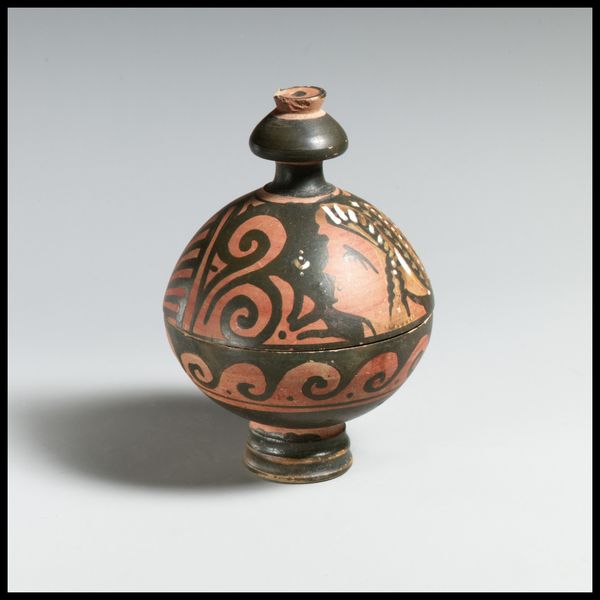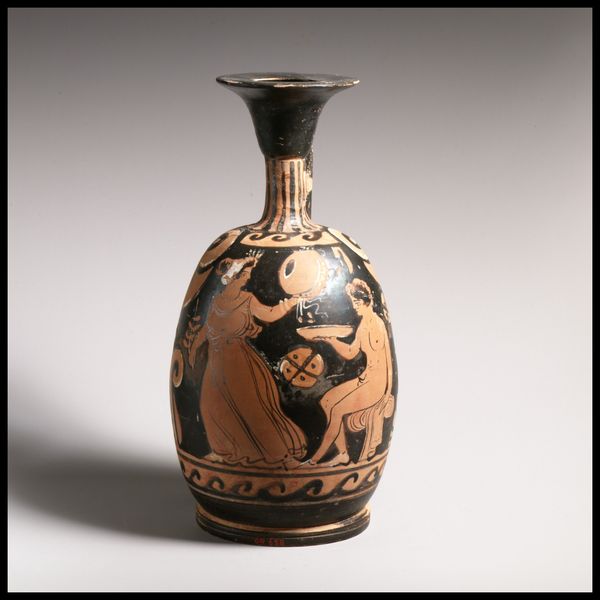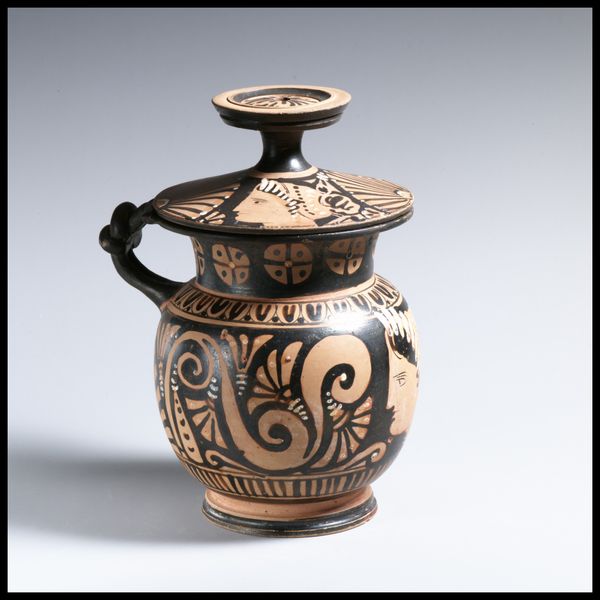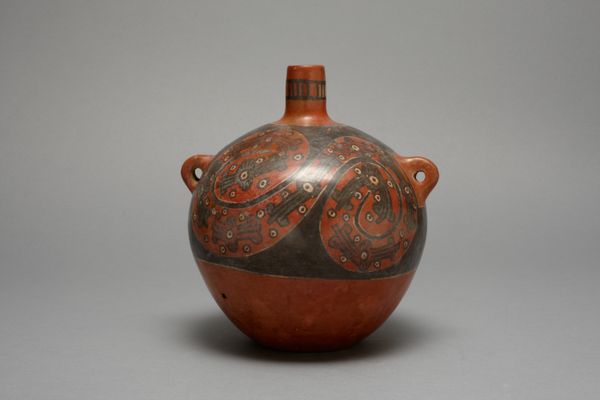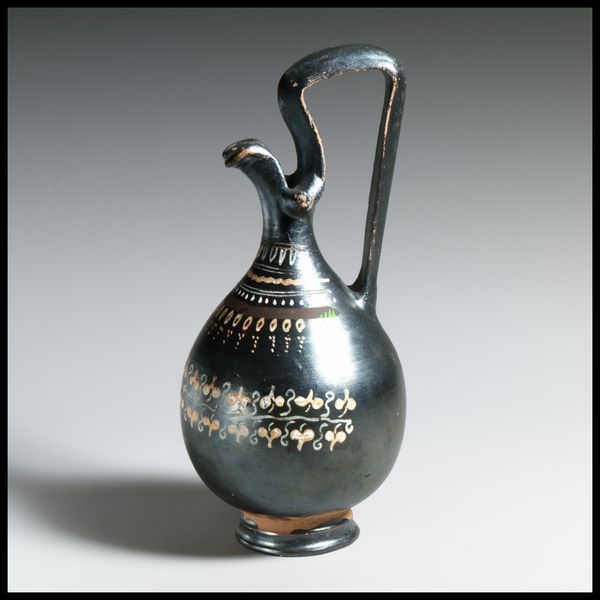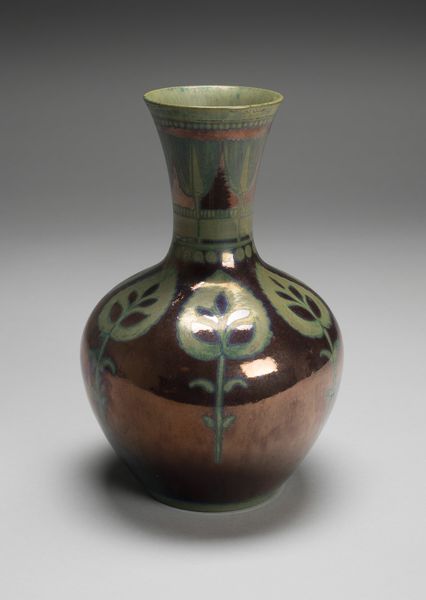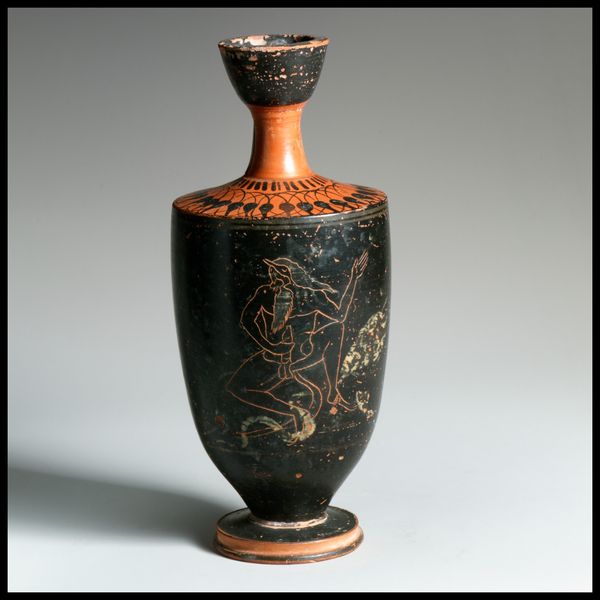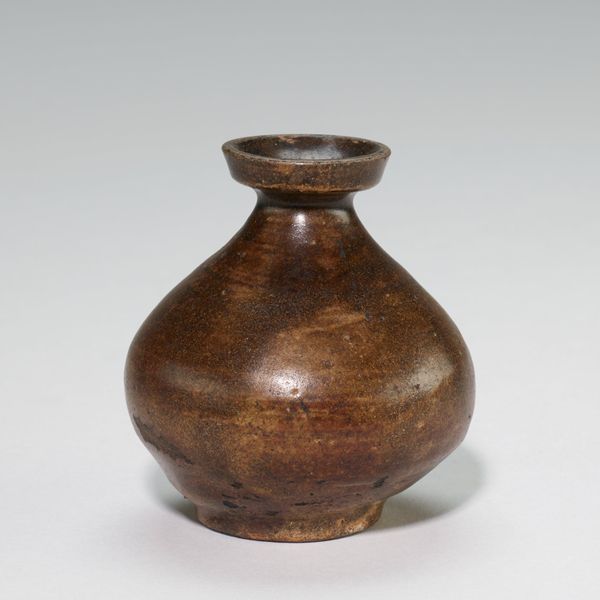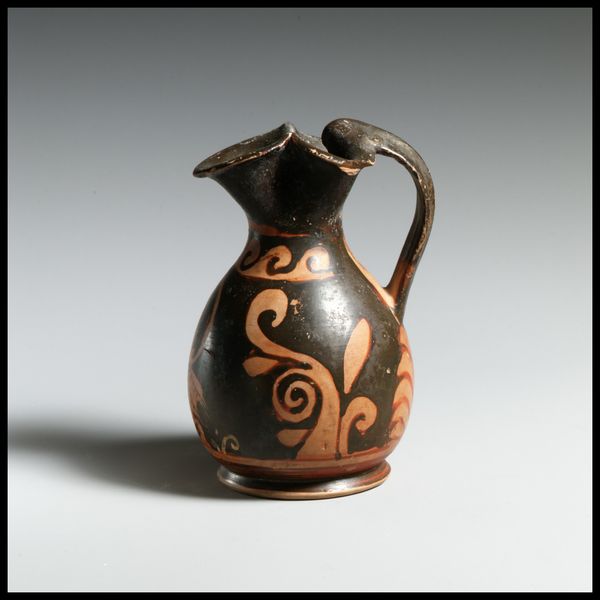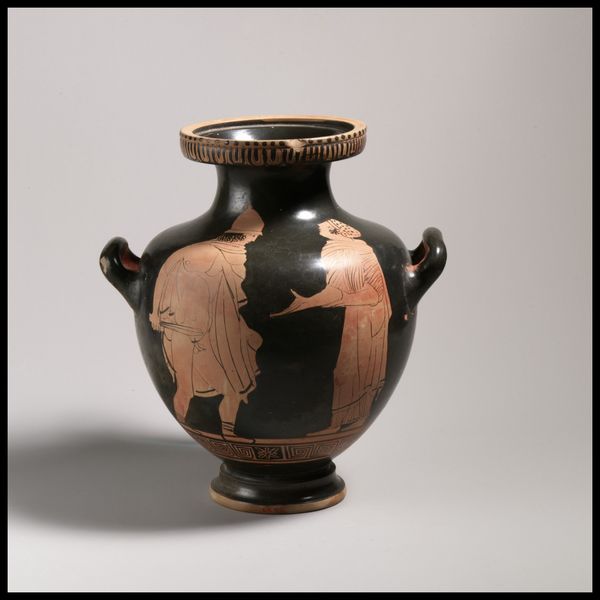
ceramic
#
pottery
#
greek-and-roman-art
#
ceramic
#
vase
#
roman-art
#
geometric
#
ancient-mediterranean
#
miniature
Dimensions: H. 7.01 cm.
Copyright: Public Domain
Editor: So this diminutive ceramic piece, dating back to 300 BC, is called a Pyxis, attributed to the Stoke-on-Trent Group. It feels incredibly precious, this tiny vase covered in geometric and organic patterns. What narratives are embedded in such an object? Curator: The Pyxis provides a fascinating glimpse into the socio-cultural world of ancient Greece. It’s important to recognize that even seemingly simple objects carry profound cultural weight. Consider the patterns: Are these purely decorative, or might they symbolize something more profound related to the era’s politics? How do these seemingly insignificant objects affect the cultural representation of gender in ancient societies? Editor: That’s a great point! I hadn’t considered gender implications. Could this vessel and the objects it contained—perhaps cosmetics or jewelry—speak to the lives of women in that period? Curator: Exactly. These pyxides often appear in burial contexts, especially female ones. Therefore, analyzing such artworks provides a window into ancient Greek society. What does that design say about our views of marginalized communities? How did it support or subvert the accepted status quo? We should consider the object's intended audience to better understand how it would have affected different social identities in its day. Editor: So by carefully interpreting the imagery and context of this object, we can ask new questions about historical perceptions, gender and power. It shifts the emphasis away from canonical grand narratives and allows room for voices that have been historically under-appreciated in classical art studies. Curator: Precisely. By engaging with feminist theory and cultural studies, this artifact comes to life and enriches our view. Every item, no matter how little, has the potential to reveal previously unheard chapters in human history if we have an intersectional lens. Editor: This reframing encourages us to think critically not just about art history but its wider impact. Thank you.
Comments
No comments
Be the first to comment and join the conversation on the ultimate creative platform.
